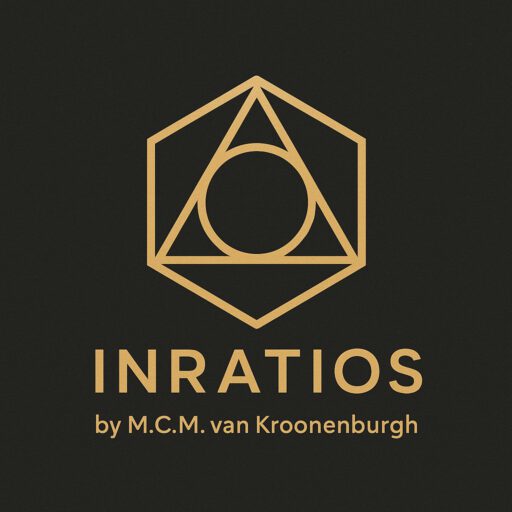Deviation Maps
Where the Shape Slips – And Why That’s Not a Mistake
When Difference Becomes Direction
In traditional geometry, deviation is seen as failure.
A form that doesn’t match the ideal is simply… wrong.
In engineering, that makes sense. A gear that doesn’t fit its housing won’t function.
But in more complex systems, visual perception, AI, digital art, the truth is subtler:
Deviation is not always an error.
Sometimes, it’s a signal. A pattern. Even a message.
But to hear it, the system must listen structurally.
That’s where the Geometric Ratio Model (GRM) comes in.
Not to eliminate deviation, but to map it.
Ratio-Based Deviation = Meaningful Divergence
In GRM, every shape can be measured against a canonical ratio:
- 0.7854 SAU for a perfect circle
- 0.4330 SAU for an equilateral triangle
- 0.8660 SAU for a regular hexagon
But when a form doesn’t match these values, even slightly, it doesn’t get discarded.
It gets classified.
This isn’t about labelling a shape “wrong.”
It’s about understanding how and how much it deviates.
For example:
- A measured value of 0.7430 SAU could indicate a compressed circle.
- 0.9120 SAU might signal a widened hexagon or even a cluster of overlapping shapes.
GRM doesn’t say: “this is not a circle.”
It says: “this deviates from the circle’s expected ratio, and here’s by how much.”
This creates a deviation map, a structural fingerprint of where and how the shape “slips.”
From Error to Insight
In AI systems, this kind of mapping can replace vague confidence scores with structural feedback.
Not “likely a circle (84%)”, but:
Measured 0.7740 SAU = deviation of -0.0114 from circle norm.
Classification: compressed elliptical form. Confidence: 96%.
That difference is powerful.
It transforms black-box classification into interpretable logic.
In creative tools, it allows for expressive variation:
A designer can intentionally distort a triangle, and GRM will still register it as triangle-like, just with a mapped deviation.
In education, it teaches students how shapes evolve, not just what they should be.
And in diagnostics or image analysis, small deviations may flag early-stage anomalies, subtle distortions, or hidden symmetries.
Applications: Mapping the Margins
Deviation maps can be used in:
- Medical imaging: early detection of structural asymmetry
- AI shape validation: feedback loops in training and reinforcement
- Design correction tools: auto-suggestions based on ideal form alignment
- Digital forensics: identifying forged or tampered geometry in images
- Art and animation: capturing expressive motion through ratio shifts
With GRM, deviation becomes navigable.
A signal, not a static.
A vector, not just a value.
Deviation as Dialogue
GRM doesn’t silence deviation.
It interprets it.
Instead of forcing shapes into categories, it lets them reveal where they belong, or how far they’ve moved.
In tomorrow’s post, we’ll see how this thinking goes even further:
What if the label itself is wrong?What if a system calls something a circle, but structurally it’s not even close?
That’s where we explore the power of structure beyond naming.
Up next: “The Shape Beneath the Label” – Why GRM looks past names and sees proportions instead.

